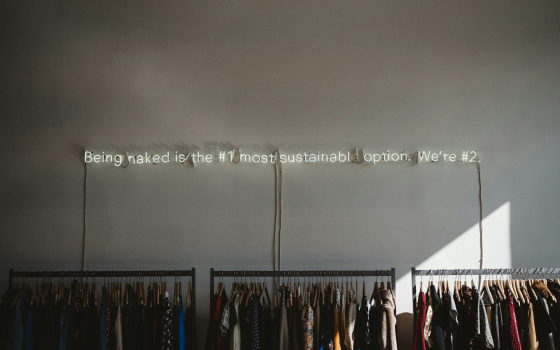The technical aspect is central to these types of translations, since translators are required to stay true to the original text and communicate the exact same message in their translations.
Unlike marketing translations, materials like product instructions contain a wealth of specific terminology that can't simply be changed indiscriminately.
And the client knows it, which is why our translations of their product packaging, marketing, and instructions follow a series of standards. The company always sends what they need translated in a clear, detailed template with instructions in terms of both content and format, which we follow to the letter.
After we receive these instructions, we take the crucial step of thoroughly preparing the files before moving on to the translation. The documents contain many internal instructions that don't require translation, yet we can't delete them because the client will need them later to lay out and create the product labels. It is important to allocate enough time to this step to ensure that the translator receives and follows the instructions but understands they shouldn't be translated.
This is part of our daily management of translation projects for a large cosmetics brand, but it doesn't stop there.

HOW TO CHECK NEW CONCEPTS IN TRANSLATIONS
The distributors or manufacturers of our client's products in other countries check our translations and add any changes or modifications they see fit to better align with their specific country and market. Since these texts pass through several hands, the client needs to check that the final translation (with all the changes incorporated by the countries or other departments) accurately reflects the ideas and concepts of the original text. And this is where the importance of back translations comes into play.
Back translation simply means translating the final text back into the source language. In other words, if the client asks us to translate a text from English to Polish, for example, we now offer a back translation from the Polish translation (with all the changes made by the different departments) back into English. Like we said, faithfully translating the original text is crucial in a technical translation, and when it comes to back translation it's also crucial to stay true to the nuances of the text and the vocabulary used.
Atopic-prone skin isn't the same as sensitive skin, for example.
Here the glossary (and keeping it updated) once again plays a central role. This document, which compiles the brand's own terms and expressions, helps us to understand the client's preferences in terms of terminology. Consequently, when we come across something new in the back translations, including it in the glossaries is fundamental so that we know which words to use (and not to use) in future translations.
Back translations, combined with checking any changes that country distributors or manufacturers added to the text, ensures our cosmetics-industry client that their content has been translated correctly, since the original version in English is compared with back translation version for 100% accuracy.





